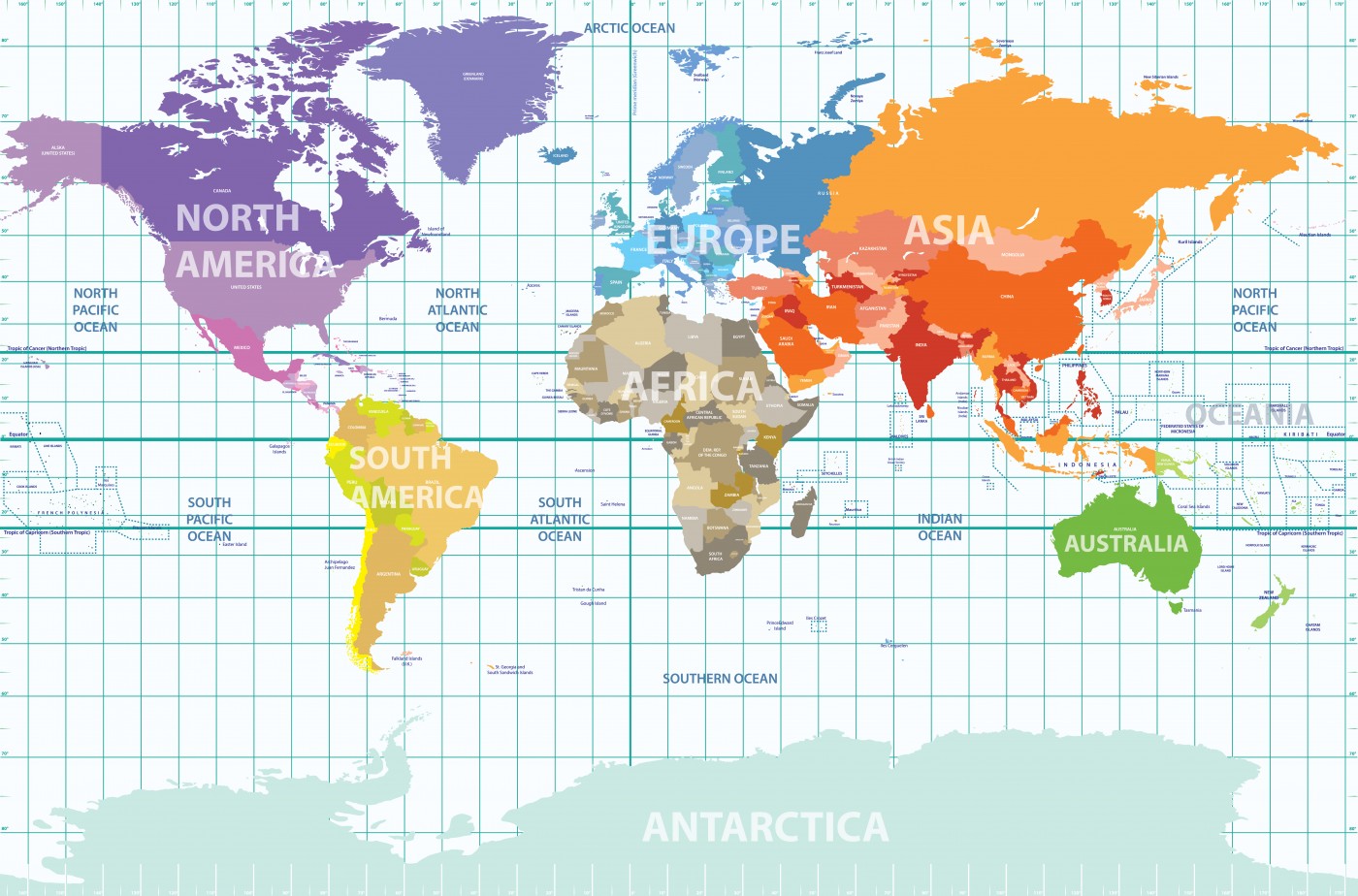MS Patients Fall Ill Earlier in World’s Northern Regions

A large international research effort concluded that the geographical area where a person lives affects how early they will start showing symptoms of multiple sclerosis (MS), and that people living in the more northern regions having the earliest disease onset.
The age at which a person fell ill also was linked to the amount of exposure to ultraviolet B (UVB) sunlight during winter months. UVB sunlight triggers vitamin D production in the skin.
The study, “Higher latitude is significantly associated with an earlier age of disease onset in multiple sclerosis,” was published in the Journal of Neurology, Neurosurgery & Psychiatry.
One of the most consistent findings in MS are reports that the disease is more common among people living in northern regions. Studies have shown that for each 10-degree increase in latitude, patients newly diagnosed with MS increased by 30% for women, and 50% for men.
Such changes are likely reflective of the variations in UVB-light and vitamin D production, but the researchers underscored it likely is not the only explanation.
Since the age at which MS symptoms first appear often signals how severe the condition of a patient will become, it is crucial to know the factors that may affect the age of disease start.
To explore whether differences in geographical location also impact the age of onset, the study — led by researchers from the University of Tasmania in Australia on behalf of the MSBase Study Group — analyzed data from 22,162 patients in the MSBase registry.
All patients had a diagnosis of MS, excluding patients with a clinically isolated syndrome (the first episode of MS-type neurological symptoms).
To reduce the impact of genetics, the study included only patients from centers treating mainly those of European descent. Likewise, only those who were older than 16 at the time they fell ill, were included.
Patients from 52 centers in 21 countries in Europe, North and South America, Asia Minor, South Asia and Australia contributed to the study. Researchers divided the study centers into three groups based on the latitude: Lower than 40 degrees (close to the equator), 40-50 degrees, and higher than 50 degrees (closer to the poles).
Researchers calculated the average amount of winter UVB light from information supplied by the Solar Radiation Database service. The differences in the amount of UVB light people had access to during the winter months was rather striking.
Of the 26 countries included in the analysis, Mexico was on the lowest latitude, and had the highest average winter UVB light levels at 14.3 watt hours per square meter. Denmark, the northernmost country, had only 0.8 watt hours per square meter.
These differences also were reflected in the age of onset, as researchers found that each 10-degree increase in latitude was linked to a 10-month earlier age of disease start. People living in the most northern parts tended to fall ill almost two years earlier than those closest to the equator.
Likewise, those who received the least amount of winter UVB light fell ill nearly two years earlier than patients in sunnier areas. However, neither season nor month of birth had any impact on when people got sick.
Although the findings clearly indicate that sunlight, or vitamin D, is linked to the development of MS, there was no way for the team to examine if variations in diet, dietary supplements, or genetic factors could have contributed to the results observed.
Nonetheless, according to a press release, the research team concluded, “These results suggest that environmental factors which act at the population level may significantly influence disease severity characteristics in genetically susceptible populations.”






